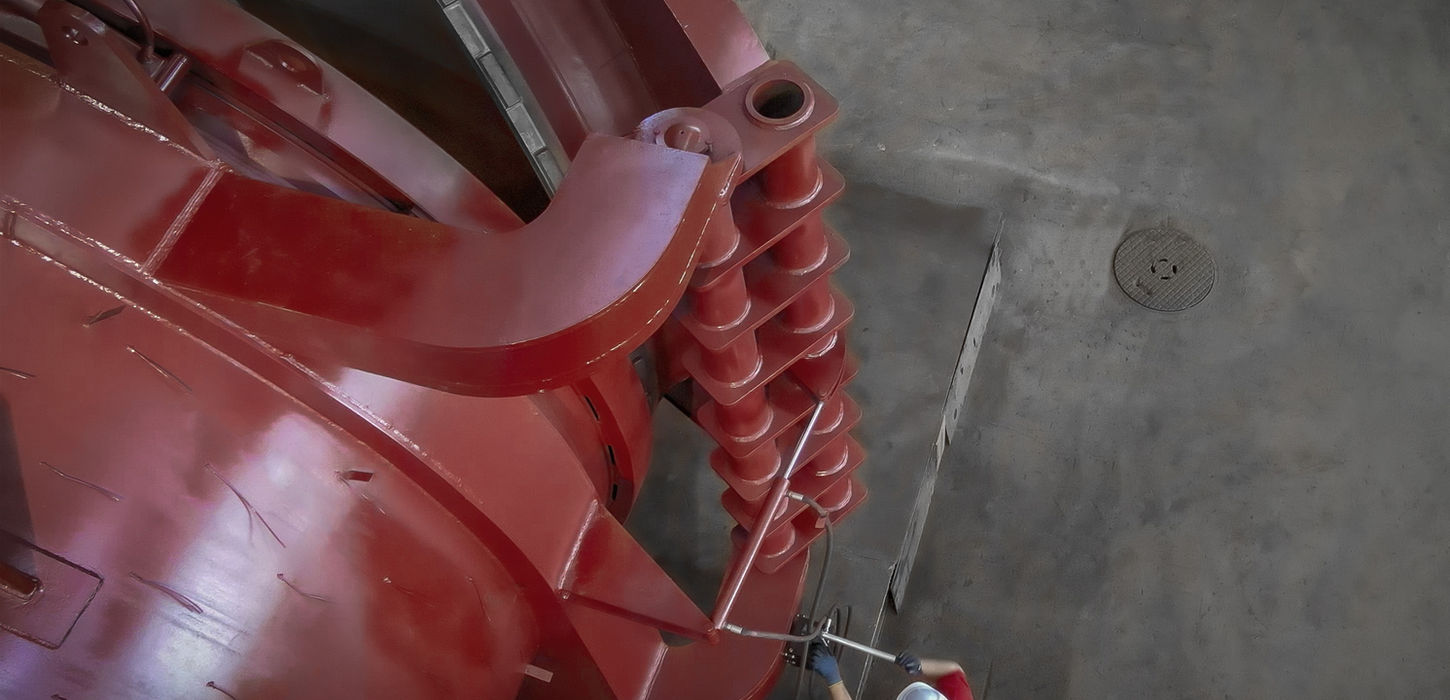

Pressure vessels
There is a considerable diversity of pressure vessels. They are typically categorized by application into three primary types:
-
Storage Vessels
-
Process Vessels
-
Transport Vessels
A substantial part of our manufacturing output is dedicated to process vessels, which range from PED Category I to Category IV.
Category Hazard Level Examples
________________________________________________________________________
Category I Lowest Vessels with small volume, low pressure, and a safe medium.
Category II Low Vessels with a larger volume or pressure than Category I.
Category III Medium Vessels for more hazardous media or with high parameters.
Category IV High Vessels with the highest risk: large volumes, high pressure, explosive or toxic media.
Liquid Petroleum Gas (LPG)
tanks and terminals
Another major field of activity for Himmash JSC is the production of LPG tanks. The constantly growing LPG market in most Balkan countries demands high-volume LPG yards for fuel distribution. The company’s LPG tank production range starts from small 0.3 m³ units for home use, through for petrol and gas filling stations (5 to 30 m³), and to 50 to 500 m³ per unit, intended for storage yards. Over the years, we have produced than 40,000 cubic meters of LPG storage facilities.
Autoclaves
An autoclave for tires is a specialized industrial autoclave used in the vulcanization, curing, or recycling of tires. It applies high pressure and temperature to process tires, improving their durability, performance, or enabling material recovery.
On picture on left is the biggest autoclave that we made yet. D-4300, working pressure -16 bars. Just the bayonet weight - 18 tons.
Columns and Towers
An autoclave for tires is a specialized industrial autoclave used in the vulcanization, curing, or recycling of tires. It applies high pressure and temperature to process tires, improving their durability, performance, or enabling material recovery.
On picture above, The biggest autoclave that we made yet. D-4300, working pressure -16 bars. Just the bayonet weight - 18 tons.
Ion-exchange, Sand/Carbon Filters
Filters are widely utilized across nearly all industries, with their role in water treatment being crucial to almost every production process. Throughout the years, we have developed a range of filters, such as sand and carbon filters featuring one or two compartments, as well as carbon and stainless steel filters. Each filter is equipped with cleaning nozzles and service stairs. We have provided these filters to USA (manufactured by ASME code) and to Russia, Ukraine, and Kazakhstan (compliant with GOST R, U, and K).
Alloy and Stainless Steel Tanks
We have the capability to manufacture vessels with diameters of up to 6000mm and lengths reaching 55,000mm. This includes both carbon and stainless steel equipment. Please note that we unable to separate carbon from stainless steel due to the specific machinery, cranes, and workshops required for process, although we do have specially designed workshops for assembling smaller sizes. We have implemented tailored procedures to ensure the protection of stainless steel components during handling. Attention to detail is paramount in our work, and the finished equipment undergoes thorough cleaning, passivation, and preparation for transport.
















